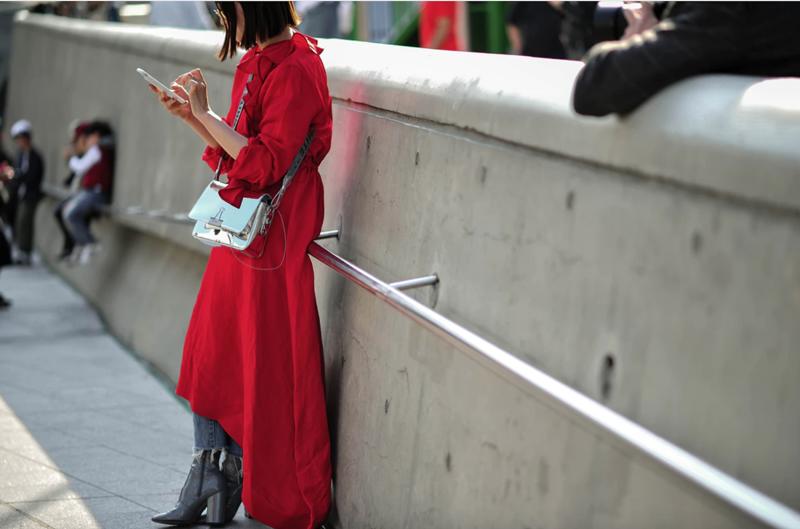Seoul Metropolitan Government: Seoul St.
The Seoul metropolitan government partnered with Continuum to revitalize the city’s fashion ecosystem.
The Seoul metropolitan government partnered with Continuum to revitalize the city’s fashion ecosystem.

01
Challenge
Hoping to share the economic benefits of Seoul’s booming fashion industry with the largely marginalized manufacturing sector, the city’s metropolitan government launched a program called “Manufacture Seoul.” Unfortunately, this initiative faced strong initial opposition from both the fashion industry and manufacturers themselves.
So the city administration turned to Continuum, tasking us with leading a campaign—similar to “Made In NY”—which would be fully supported by the diverse parties involved in the local fashion sector.
Continuum recognized two main challenges of this request. First, Seoul does not carry a brand value as powerful as New York City. Second, the city’s fashion industry is locked in a hierarchical power dynamic. Each player fights for its own share—with an assumption of a zero-sum game—rather than collaborating to expand value for the entire ecosystem.
Continuum started by assessing Seoul as an asset and uncovering the relevant stakeholders’ intricately contending interests. We then planned a campaign to impact the value of fashion products made in Seoul, communicate effectively with all players, and lead to a viable fashion manufacturing industry.
03
Solution
Continuum developed "Seoul St.," a public initiative that aims to establish Seoul’s identity with the end goal of enriching the Korean fashion industry. With its slogan “Future of Fashion Made in Seoul,” the Seoul Street initiative consists of three stages: Style, Street, and Story.
Style. “Seoul Style” will promote Korean brands through the “Made in Seoul” campaign by holding workshops to align the goals of manufacturers and style specialists. The cycles of re-creating trends, operating prototype teams, and producing new collaborative styles will be marketed under a “Made in Seoul” campaign.
Street. “Seoul Street” will build communication platforms—digital and analog—which will connect manufacturers, style specialists, and consumers and encourage a customer-centric, bottom-up, interactive creative fashion system.
Story. “Seoul Story” is a long-term, education curriculum. It will encourage the aging population of the manufacturing industry to adapt to the current realities. It will also allow anyone, at any level, in the Seoul fashion industry to gain style literacy and become competitive in the market. Seoul Story will help the youth learn about manufacturing in the larger context of the entire fashion ecosystem and, eventually, challenge the existing value chain.






